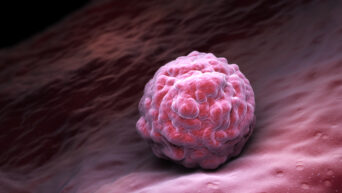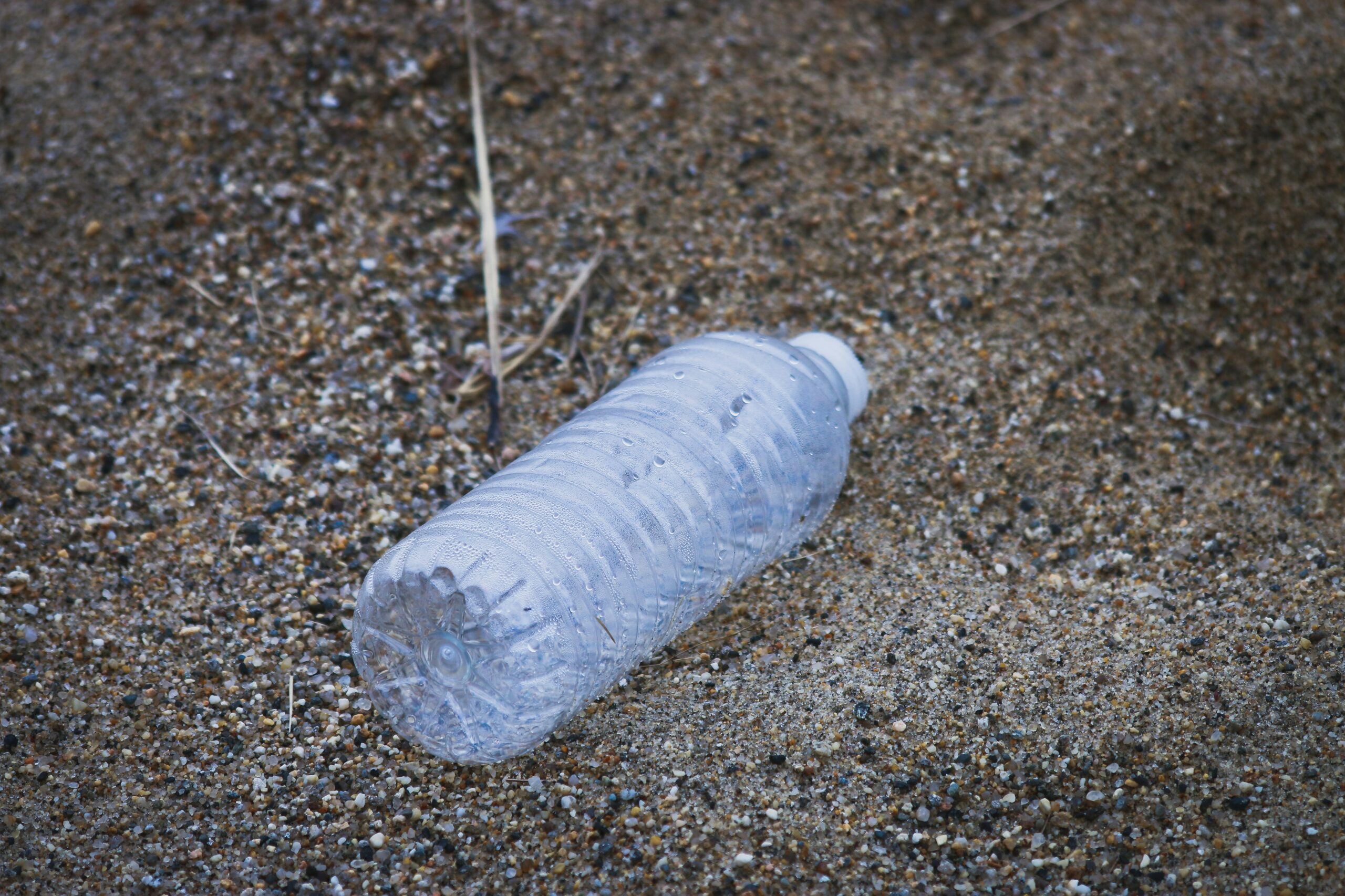We hear a lot about microplastics – tiny pieces of plastic less than 5mm in size – and their harmful effects on the environment. But did you know that these minuscule particles could also pose risks to human health? Let’s dive into the world of microplastics and explore the diseases they could potentially carry.
How Does Microplastics Pose Health Risks?
When we ingest or inhale microplastics, they can enter our bodies and potentially cause harm. These tiny particles have the ability to absorb and accumulate harmful chemicals and pathogens from their surroundings, acting as carriers for diseases.
Potential Diseases Associated with Microplastics
Endocrine Disruption: Some chemicals found in microplastics, such as phthalates and bisphenol A (BPA), are known endocrine disruptors. These substances can interfere with hormonal balance in the body and lead to various health issues, including reproductive disorders and developmental abnormalities.
Inflammatory Responses: Inhalation or ingestion of microplastics can trigger inflammatory responses in the body, potentially leading to conditions like asthma, allergies, and autoimmune diseases.
Cancer: While direct evidence linking microplastics to cancer is still emerging, some studies suggest that certain chemicals found in microplastics, such as polycyclic aromatic hydrocarbons (PAHs), could have carcinogenic properties.
Microbial Pathogens: Microplastics can harbor harmful microbial pathogens, including bacteria, viruses, and parasites, which could cause infectious diseases if they enter the body.
Preventing Exposure to Microplastics
While it may be challenging to completely avoid exposure to microplastics, there are steps we can take to minimize risks:
- Reduce the use of single-use plastics and opt for reusable alternatives.
- Avoid products containing microbeads, such as certain exfoliating scrubs and toothpaste.
- Filter drinking water to remove microplastic particles.
- Be mindful of the types of clothing we purchase, opting for natural fibers over synthetic ones whenever possible.
Microplastics may be small, but their potential impact on human health should not be underestimated. Remember, staying informed and making conscious choices in our daily lives can make a significant difference in mitigating the health risks associated with microplastics.

































